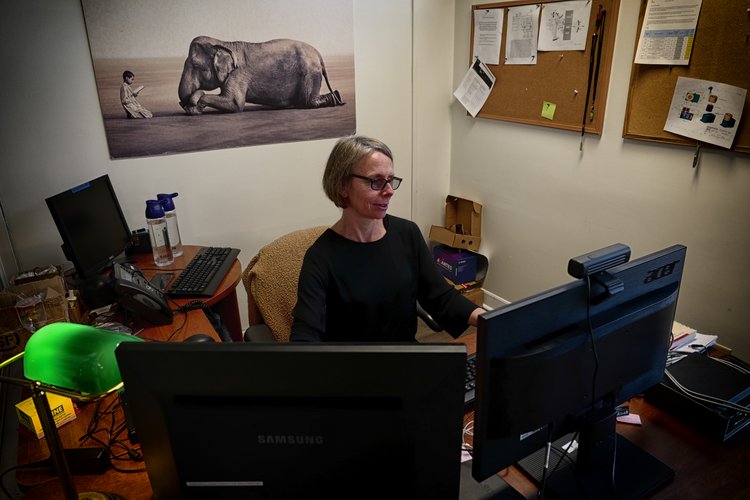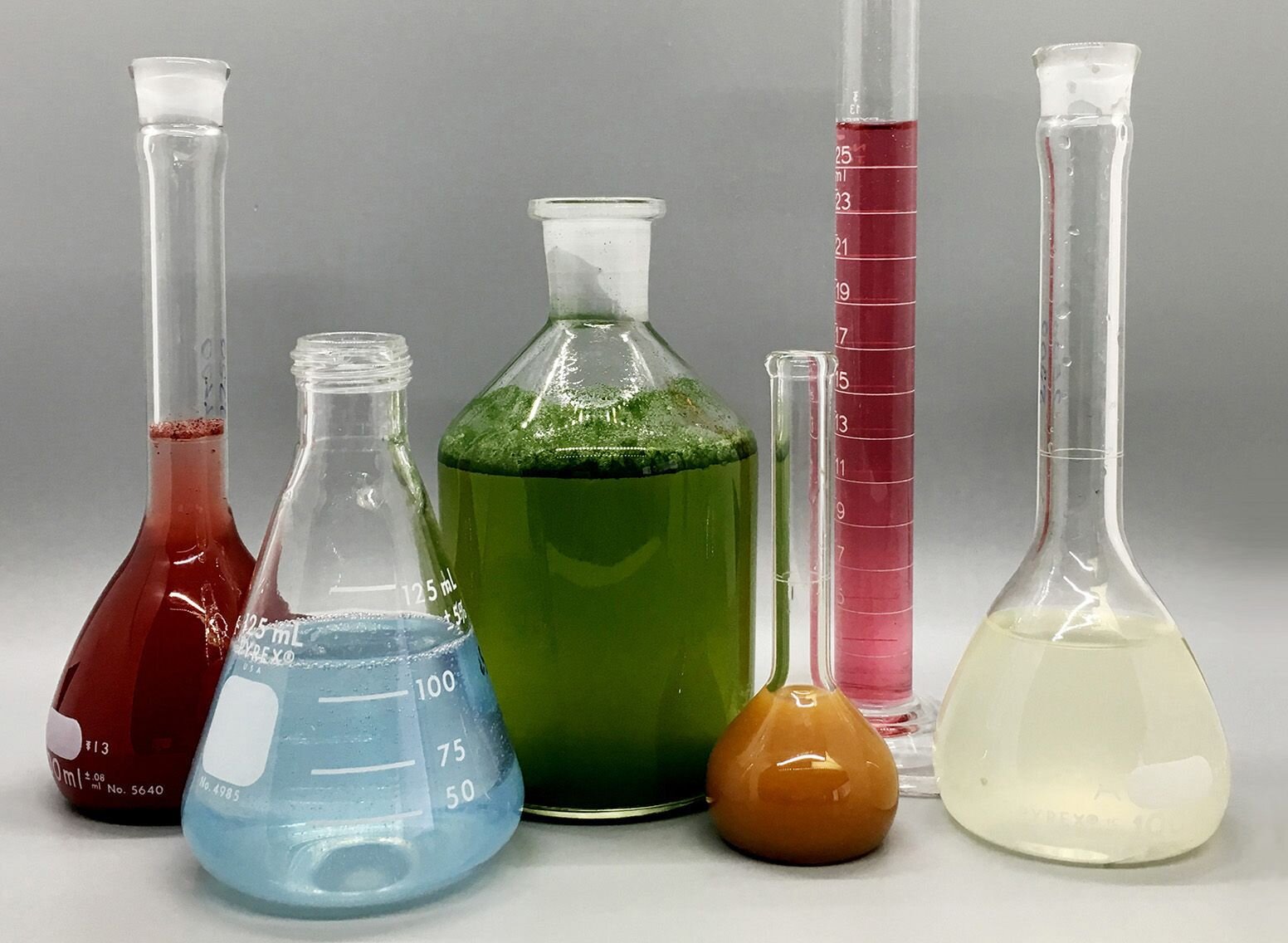Some Known Incorrect Statements About Circularly Polarized Luminescence
Some Known Incorrect Statements About Circularly Polarized Luminescence
Blog Article
The smart Trick of Uv/vis That Nobody is Discussing
Table of ContentsThe 9-Minute Rule for SpectrophotometersThe Best Guide To Uv/vis/nirThe Ultimate Guide To Uv/vis/nir5 Easy Facts About Uv/vis/nir DescribedThe Facts About Uv/vis Uncovered

Spectrophotometry is a tool that hinges on the quantitative analysis of particles depending on how much light is soaked up by colored substances.
The Single Strategy To Use For Uv/vis
A spectrophotometer is typically used for the measurement of transmittance or reflectance of services, transparent or opaque solids, such as polished glass, or gases. Although lots of biochemicals are colored, as in, they soak up noticeable light and therefore can be measured by colorimetric treatments, even colorless biochemicals can often be converted to colored compounds suitable for chromogenic color-forming responses to yield substances suitable for colorimetric analysis.: 65 However, they can likewise be designed to measure the diffusivity on any of the noted light ranges that normally cover around 2002500 nm utilizing different controls and calibrations.
An example of an experiment in which spectrophotometry is utilized is the determination of the equilibrium constant of an option. A specific chemical response within an option may take place in a forward and reverse instructions, where reactants form products and items break down into reactants. At some point, this chain reaction will reach a point of balance called a stability point.
Fascination About Uv/vis
The quantity of light that travels through the option is a sign of the concentration of specific chemicals that do not allow light to pass through. The absorption of light is because of the interaction of light with the electronic and vibrational modes of molecules. Each kind of particle has an individual set of energy levels related to the makeup of its chemical bonds and nuclei and therefore will absorb light of particular wavelengths, or energies, resulting in unique spectral properties.
They are widely utilized in numerous industries consisting of semiconductors, laser and optical production, printing and forensic evaluation, as well as in laboratories for the study of chemical substances. Spectrophotometry is often used in measurements of enzyme activities, determinations of protein concentrations, decisions of enzymatic kinetic constants, and measurements of ligand binding reactions.: 65 Eventually, a spectrophotometer is able to identify, depending on the control or calibration, what compounds are present in a target and exactly how much through calculations of observed wavelengths.
Created by Arnold O. Beckman in 1940 [], the spectrophotometer was created with the aid of his colleagues at his business National Technical Laboratories founded in 1935 which would become Beckman Instrument Business and ultimately Beckman Coulter. This would come as an option to the previously produced spectrophotometers which were unable to take in the ultraviolet correctly.
Get This Report on Circular Dichroism
It would be discovered that this did not provide satisfying outcomes, for that reason in Model B, there was a shift from a glass to a quartz prism which enabled for much better absorbance outcomes - UV/Vis (https://pagespeed.web.dev/analysis/https-olisclarity-com/ft59obxjpp?form_factor=mobile). From there, Model C was born with a change to the wavelength resolution which wound up having 3 systems of it produced
It irradiates the sample with polychromatic light which the sample soaks up depending on its residential or commercial properties. Then it is transmitted back by grating the photodiode range which finds the wavelength area of the spectrum. Because then, the creation and application of spectrophotometry devices has increased immensely and has actually ended up being one of the most innovative instruments of our time.

About Uv/vis
Historically, spectrophotometers utilize a monochromator including a diffraction grating to produce the analytical spectrum. The grating can either be movable or fixed. If a single detector, such as a photomultiplier tube or photodiode is used, the grating can be scanned step-by-step (scanning spectrophotometer) so that the detector can determine the light intensity at each wavelength (which will correspond to each "step").
In such systems, the grating is fixed and the strength of each wavelength of light is determined by a various detector in the variety. Additionally, most modern-day mid-infrared spectrophotometers use a Fourier change method to obtain the spectral info - https://pagespeed.web.dev/analysis/https-olisclarity-com/ft59obxjpp?form_factor=mobile. This method is called Fourier transform infrared spectroscopy. When making transmission measurements, the spectrophotometer quantitatively compares the portion of light that passes through a recommendation option and a test option, then electronically compares the strengths of the 2 signals and computes the percentage of transmission of the sample compared to the recommendation requirement.

Report this page